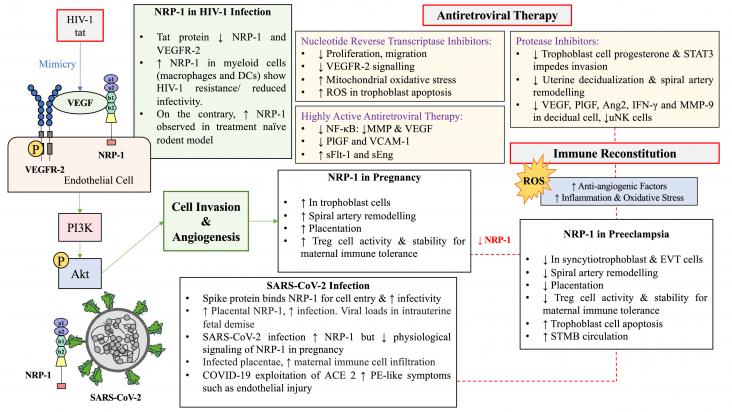
Cerebrospinal Fluid and Subarachnoid Space
Volume 2 : Pathology and Disorders
2023, Pages 401-414

This chapter outlines some key aspects of disability studies and considers how this strongly emerging field is intersecting with scholarship and activism across many varieties of neurodivergence.
During the past 20 years, more and more autistic people have been reaching out and forming connections, creating community, and discovering our own styles of autistic togetherness.
This chapter discusses an “Equalities Design” approach that informs and guides my practice as a designer. Using the frame of post-normative equity, I have been developing Equalities Design tools, methods and approaches that interrogate and queer normative (including neuronormative) assumptions in order to create alternative bodymind explorations and experimental outputs.
"This chapter presents examples of inclusive architecture for atypical people, designed by Allen Kong Architects (AKA). The design philosophy of AKA is that the quality of life of the individual is first and foremost within their community, and that this requires addressing their individual needs in a way that also recognizes their social, economic and environmental context.
Ability-Inclusive Sensory Theatre (AIST) is an emerging genre of Theatre for Young Audiences which serves young people with autism and other cognitive disabilities.
